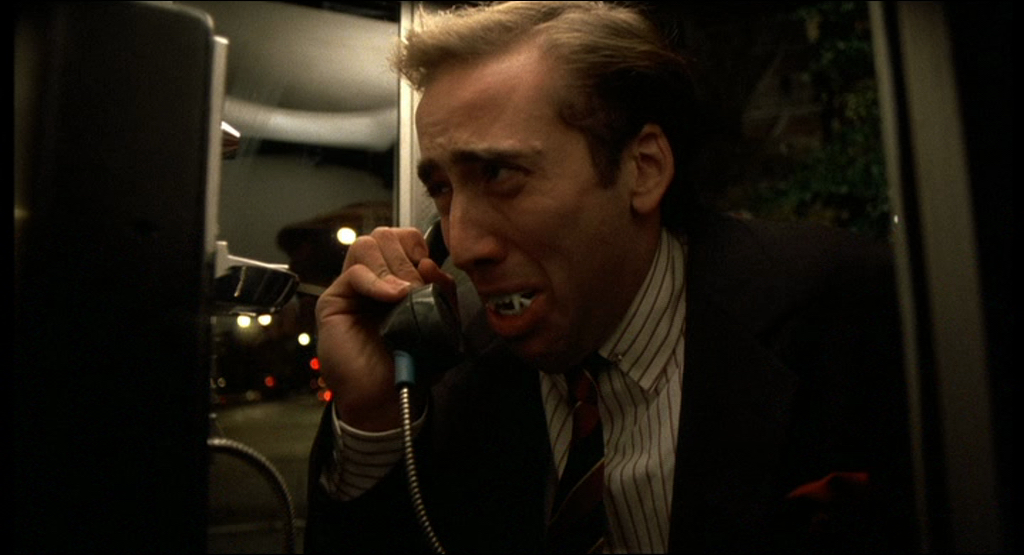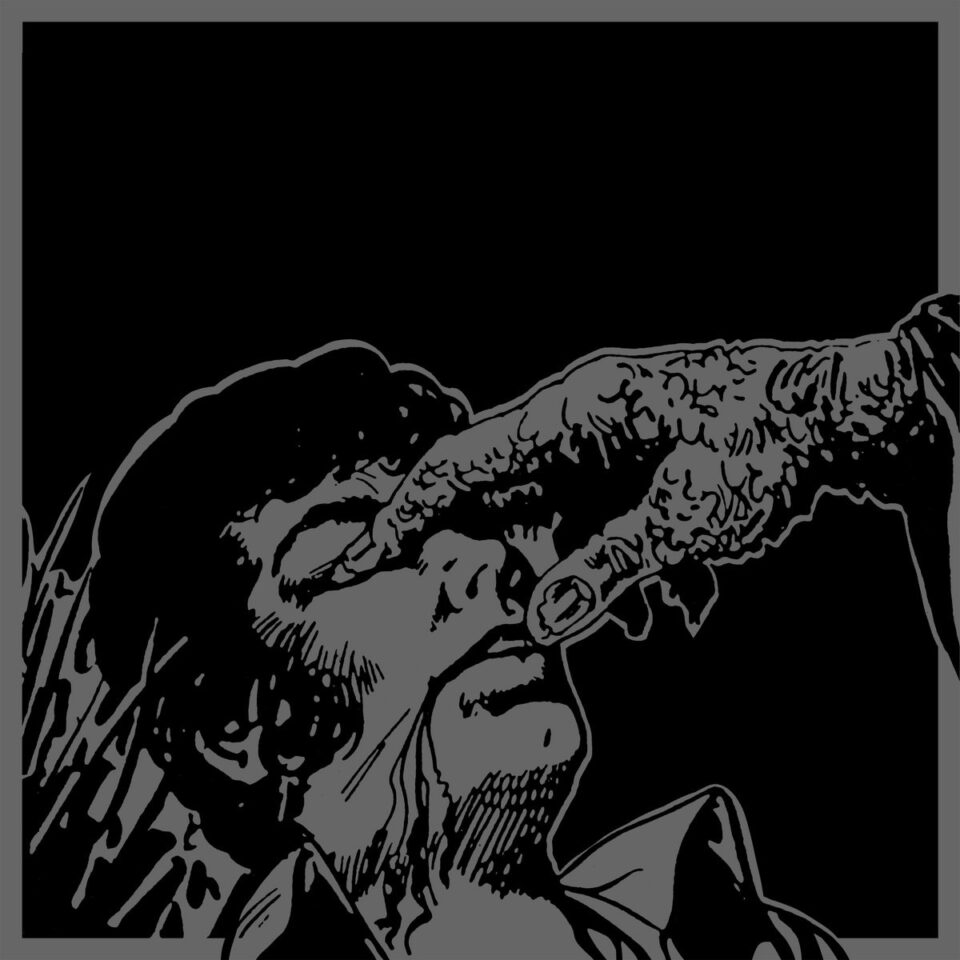Vampire fiction is tired. In fact, vampire fiction has been tired for nearly a century. The annual regurgitations of films, books, and other popular media spewing forth on an Octoberly basis more broadly proves a pathetic reproduction of a pathetic reproduction of an eerie folklore permeating eighteenth century Europe than just a slight alteration of last year’s vapid features. Ever since Murnau’s illegitimate adaptation of Stoker’s unofficial handbook to the culture, the genre has been engaged in a Theseusian paradox consistently reimagining the bloated, ashen corpses of tradition as Lugosi-accented hunks sucking the literary quality out of the myth with copious copulation and gratuitous violence (all that wasted blood for the sake of a guaranteed R rating!).
While it’s easy to point fingers at recent fads among the teen romance genre for this epidemic of vampire misrepresentation in the media (“Mmm, beefcake is served,” groaned one middle-aged woman sans daughter at my screening of New Moon as Jacob tore off his shirt), it’s a longstanding issue that only seems to get worse with time. Honest storylines sympathizing with the gaunt bloodguzzlers continue to be swept under the rug as inexplicable sexual fantasies of sparkling humanoids recounting their melodramatic diaries have a monopoly on ticket sales, and Murnau’s spectral expressionism, Franco’s moody titillation, and Dreyer’s paint-dry pacing evidently prove more effective cult canon fodder.
As ours becomes a decreasingly contextual culture, the Jonathan Lipnicki costume your little cousin is currently finalizing gradually distances itself from a tradition of gothic horror ripe with symbolic value of religious, scientific, and syphilitic origins. In an attempt to give voice to what little genuine vampirism remains in Hollywood, the following titles represent the plight of the Draculian from a perspective empathetic to the complex identity of the not-necessarily-caped-and-fanged.
Martin (1978)
The most overlooked entry in a career of understated social commentary, George Romero’s story of a teenage vampire adapting to life in a rural -sylvania (Penn’s) is a critical text in examining the vampire genre’s dependence on preconceived notions of cinematic vampirism. As Martin angstily corrects his great uncle’s dated perception of vampiric behavior, the boy also spends more time monologuing to a radio audience and mediating DJ about how life as a vampire is nowhere near as romantic as it’s depicted on celluloid.
Near Dark (1987)
There’s really no better example of moral absolutism in the history of American film than the Western, famously pitting the good against the bad, while an occasional ugly finds his way into the overly-dramatic standoff. Such is the context of Near Dark, in which cowboys and vampires square off under a hot Texas moon to claim the lives of a native family, whose young adult son sleazily wooes one of the cold-bloodeds during feeding time. Although Bill Paxton’s pitch-perfect ’80s-villain performance hints at the vamps being in the wrong, the slightest understanding of the travails of modern vampirism may suggest that the cocky—and, as a vampire: dead-weight—pickup artist may deserve what he had coming.
Vampire’s Kiss (1989)
Little known outside of its flamboyant cameos in batshit Nic Cage YouTube compilations, Vampire’s Kiss is the product of a Joseph Minion screenplay, whose After Hours properly sets the stage for the surreality of ’80s New York yuppie culture. The story of a literary agent with an inhuman level of bureaucratic power over others, Kiss equates the vampiric abuse and disposal of human corpses as if they’re the smallest, most helpless representatives of the corporate food chain, and its politics suggest that concentrating so much power in a single role is enough to drive the misfortunate yuppie insane. That, or Nicolas Cage was given total creative freedom, which is also very likely.
Nadja (1994)
For a brief, odd moment in the early ’90s, the careers of David Lynch, Hal Hartley, and My Bloody Valentine collided in a stylish hybrid of macabre irony and irrefutable Cool with a Capital “Jarmusch.” Unlike previous revisionist vampire staples, Nadja is concerned less with an earnest meta-commentary on revising the rules for vampire-based filmmaking than it is using cliché characters as a vehicle for a feature-length post-punk music video experimenting with buffering-YouTube-video pixelation and ungroomed Peter Fondas to varying degrees of success. “Vampires can be kinda neat, too,” implies a deadpan Lynch in his brief cameo as a grumpy morgue receptionist. Pairs eerily well with The Addiction.
Let Me In (2010)
Remember that time the United States was engaged in a nearly-fifty-year passive aggressive, fear-mongering standoff with the Soviet Union, one in which everyone in the US accused each other of spying for or otherwise abetting the enemy, when we had to put our most popular forms of entertainment on hold while we figured out where everyone’s sympathies lay? Remember that excruciatingly tense anticlimax which ruined human relationships forever, which heightened our paranoia and caused us to misplace our wrath upon an innocent human victim? That’s what it’s like to be a vampire in a human-centric world.
What We Do in the Shadows (2014)
The latest chapter in Hollywood’s long lineage of exploitation features, What We Do in the Shadows’s vampsploitation is a brutal satire of American vampire culture, going so far as to compare it to the “reality” of reality TV. Every facet of the vampires’ projected identities—from their flourishing nightlife to their cliquey beef with werewolves—is correlative of the social dynamics which constitute Big Brother’s genetic makeup. True to the spirit of Romero, though, the film closes with the vampires (gasp!) assimilating to modern life. FL









